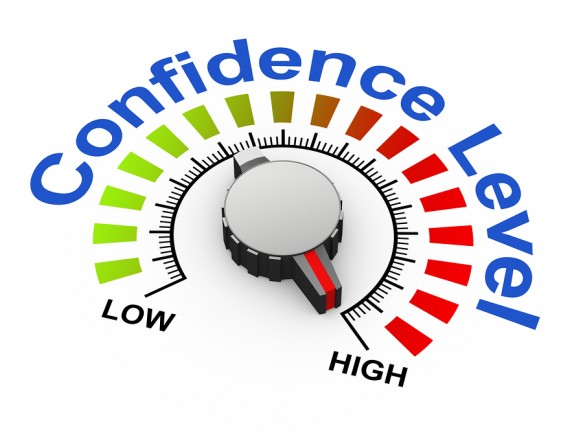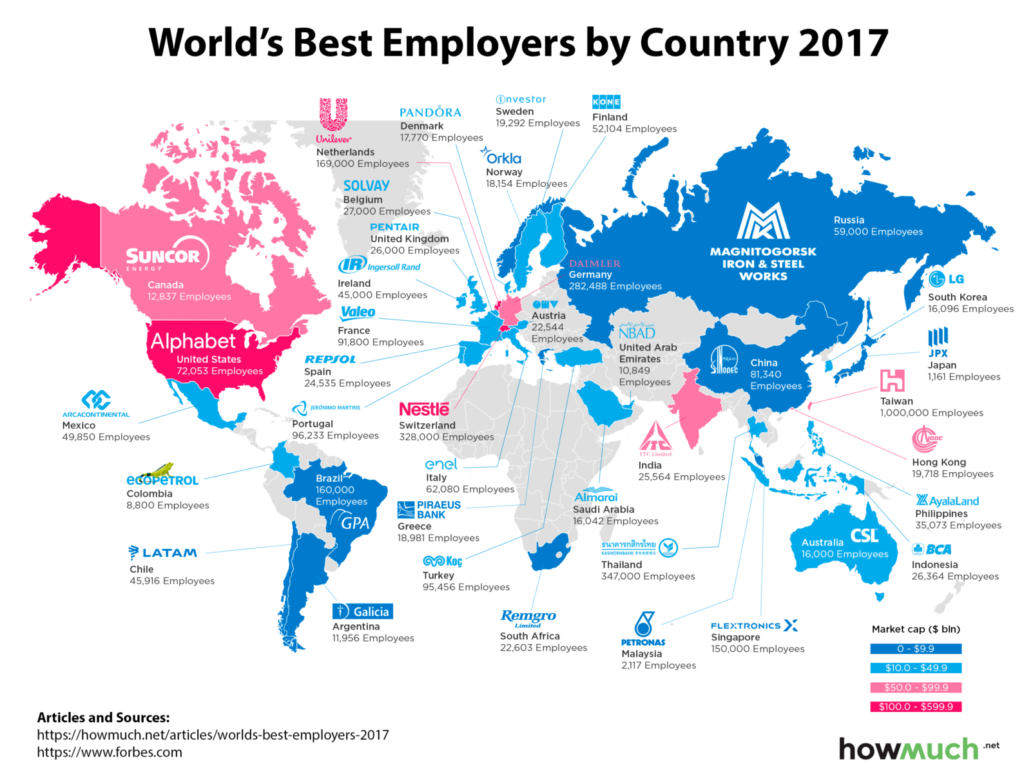
Just how big is Africa?


The Trader/Subscriber
1. When what I am trading is not moving, I need to get better at sitting on my hands. Something in me keeps pushing me to pull the trigger — and it often wins.
2. For every trade, I need to place my stop at the “If the price gets here, I was wrong” location and no closer. If the size of that stop is just too scary, I need to pass on the trade. This is the way he sets his stop.
This is our response to this Subscriber
I think trading live for you is important. Though good for learning methodology, learning psychology does not happen when trading simulated. Different worlds. When risk enters the picture, our hidden assumptions about uncertainty comes to light — if you’re looking for them. In your scheme this is how you are discovering your placement of stops from what I can see. They appear to be a mixture of standard textbook knowledge of stop strategy and your emotional reaction to them. (more…)
 Tim Knight, founder of Prophet Financial Systems (now part of the TD Ameritrade stable) and a well-known blogger (Slope of Hope), takes yet another look at pattern trading in High-Probability Trade Setups: A Chartist’s Guide to Real-Time Trading (Wiley, 2011).
Tim Knight, founder of Prophet Financial Systems (now part of the TD Ameritrade stable) and a well-known blogger (Slope of Hope), takes yet another look at pattern trading in High-Probability Trade Setups: A Chartist’s Guide to Real-Time Trading (Wiley, 2011).
The bulk of the book is devoted to nineteen patterns: ascending triangles, ascending wedges, channels, cup with handle, descending triangles, descending wedges, diamonds, Fibonacci fans, Fibonacci retracements, flags, gaps, head and shoulders, inverted head and shoulders, multiple bottoms, multiple tops, pennants, rounded bottoms, rounded tops, and support failure. In each case he defines the pattern, explains the psychology behind it, and provides examples.
The two shorter parts of the book provide an overview (a primer on chart setups and the author’s personal trading journey) and tips on setting stops and being a bear as well as a guide to real-life trading. (more…)



To most traders, these principles are nothing new. What was interesting to me was the variety in the different interpretations of each of those principles in their own trading system or method. As an example, some people relied on just price action, whereas others used indicators. This was all on top of the different timeframes or intended holding period.
Again, this just proves that, working around some basic concepts, there are thousands of ways you can trade and make money in the markets. The trick is to find the way that works for you, which has a positive expectancy, covers those four principles, and which you are fully comfortable with. This will then allow you to develop and use the correct mindset to follow your method.
 1) Not putting in the work – When we try to borrow ideas from others, we never really deeply understand those ideas. The process of independently generating an idea ensures that the idea makes sense to us. That gives us staying power during temporary periods of adverse price action;
1) Not putting in the work – When we try to borrow ideas from others, we never really deeply understand those ideas. The process of independently generating an idea ensures that the idea makes sense to us. That gives us staying power during temporary periods of adverse price action;
2) Negative self-talk – When we focus on everything we could have done better and everything we did wrong, we create mini failure experiences for ourselves over time. Our self-talk reflects our relationship with ourselves. How can we feel confident in who we are and in what we do if we’re constantly tearing ourselves down?
3) Not playing to our strengths – Many traders attempt trading styles that don’t match their personality and cognitive strengths. Over time that generates frustration and erodes confidence. Trading frequently when we function best as big picture idea generators inevitably exposes us to noise and randomness.
Imagine each day and each week beginning with challenging, meaningful, and doable goals. Over time, you build a library of success experiences and internalize the sense of being successful. True confidence is earned, but it’s also learned. It’s the expression of optimism, as applied to our selves. Confidence, like its absence, is ultimately the conversation we choose to have with our selves.
Trade what is… for in doing so your trading is based on fact, substance and reality. It provides clarity, confidence, manageability, and useful feedback for consistent success where appreciation for winning, and respect for losing, keeps you in the game.
Do not trade what you think should be….for in doing so your trading is based on egotism, a false sense of foresight, the desire for validation and approval, and the “win at all cost” mentality, which leads to confusion, anxiety, anger, and despair…not to mention the inability to trade another day.

The map above was assembled by How Much via a Forbes ranking of the best companies in the world — their first (and hopefully annual) Global 2000 list of the World’s Best Employers and .
Forbes assembled the list by looking at things like salaries, perks and benefits, quality of food served, parental leave policies, on the job napping, all manner of metrics were worked into the ranking. Companies in the top 10 received above average results for basically all criteria, but were evaluated in an outstanding way especially for the criteria of “trustworthiness/honesty” and “performance of the product/service.”
1. United States – Alphabet (Google): Computer Services – $579.5B and 72,053 employees
2. Switzerland – Nestle: Food Processing – $229.5B and 328,000 employees
3. Netherlands – Unilever: Household/Personal Care – $143.9B and 169,000 employees
4. Germany – Daimler: Auto & Truck Manufacturers – $76.1B and 282,488 employees
5. Hong Kong – CNOOC: Oil & Gas Operations – $54.8B and 19,718 employees
6. Taiwan – Hon Hai Precision: Electronics – $54.4B and 1,000,000 employees
7. Canada – Suncor Energy: Oil & Gas Operations – $51.7B and 12,837 employees
8. India – ITC: Tobacco – $51.6B and 25,564 employees
9. Italy – Enel: Electric Utilities – $47.5B and 62,080 employees
10. Australia – CSL: Biotechs – $43.9B and 16,000 employees